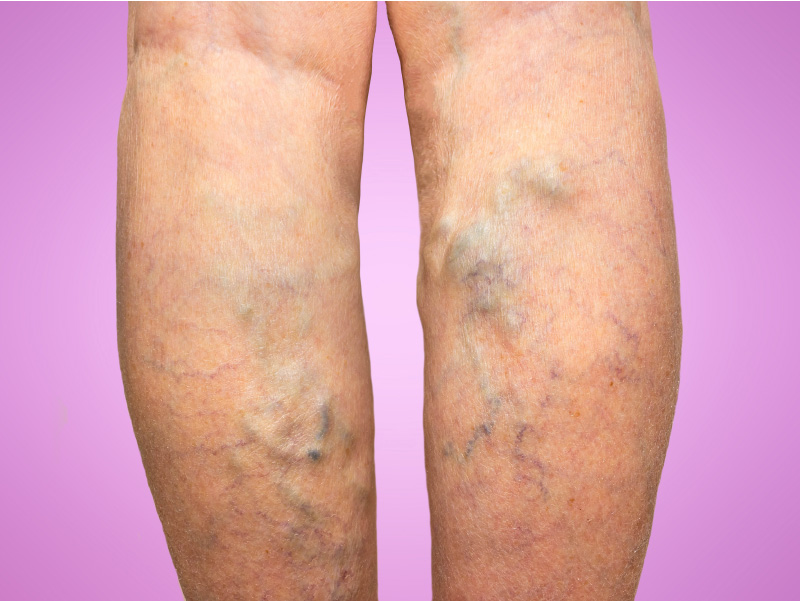
Varicose veins are swollen veins with rope-like appearance. They are often blue or purple, happen right underneath the skin and typically affect your feet and legs. This is because the legs bear much of your body weight. However, varicose veins can also occur in other body parts.
Varicose veins are part of the range of chronic venous infection and include reticular veins, spider telangiectasias, and true varicosities. Statistics show that about 23% of all adults suffer from this condition in the US alone. If reticular veins and spider telangiectasias are considered, the prevalence rises to 85% and 80% in women and men respectively. Symptoms include swollen ankles, aching legs, and spider veins.
Causes
The condition happens when malfunctioning valves in the vein are unable to carry blood back to the heart effectively. Once the capillaries supply oxygen-rich blood to the rest of the body, the veins bring back the blood to the heart. To do this, they will need to work against gravity. One-way valves in the veins allow blood to flow through before it closes to prevent it from flowing back. But if the valves are damaged or weak, there are no restrictions, so the blood flows back and pools in the vein, causing them to swell.
Risk factors
Pregnant women and people who are obese are more susceptible to varicose veins. Other factors like old age, family history, leg trauma, older age, gender, and lack of movement may also put one at risk.
Screening and prevention
Unfortunately, you cannot keep this condition from happening, but you can prevent it from worsening. It’s also possible to delay other varicose veins from forming. For instance, you can avoid crossing your legs when sitting. In fact, a good idea may be to alleviate it each time you seat, sleep or rest. You should also avoid sitting or standing for extended periods without taking a break. If you are obese or overweight, you should work to shed some weight to enhance the blood flow. It’s also advisable to avoid tight clothes as well as high heels for long periods.
Diagnosis
You’ll need to see a vascular surgeon or medicine specialists for varicose veins diagnosis and treatment. In some cases, the doctor will need to perform a series of procedures or tests to determine the extent of your condition or rule out other problems. They will also recommend treatment to suit your needs.
Treatment
Varicose veins are usually treated with medical procedures and lifestyle changes. The treatment goal is to alleviate symptoms, improve the appearance, and prevent complications. If the condition has few signs, your caregiver may recommend making lifestyle changes like the ones mentioned above. But if they are severe, you may have to undergo a medical procedure.
Medical procedures like VenaSeal treatment, Sclerotherapy, Microsclerotherapy, Laser Surgery, Endoscopic Vein Surgery, etc., are performed to either close varicose veins or remove them. Closing or eliminating varicose veins does not cause issues with blood flow since it starts moving through other veins.
